Cottage Gardens Extraordinaire!!!
janen
15 years ago
Related Stories
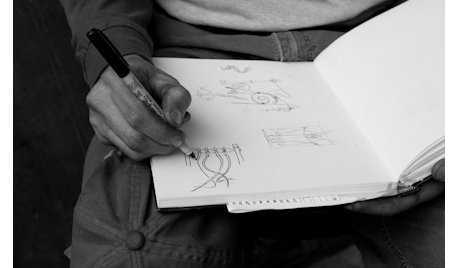
TASTEMAKERSBlacksmith Extraordinaire Andrew Crawford's Gates
Follow the fascinating process, which uses ancient art and modern technology, and see the blacksmith's breathtaking finished gates
Full Story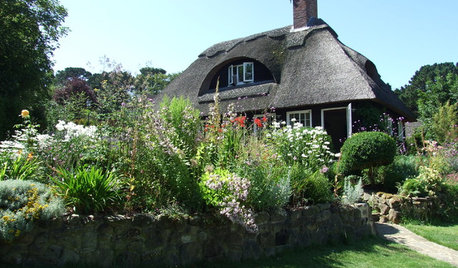
LANDSCAPE DESIGNHow to Create a Cottage-Style Garden
If you like an abundance of plants — and visits from birds, bees and butterflies — this may be the style of yard for you
Full Story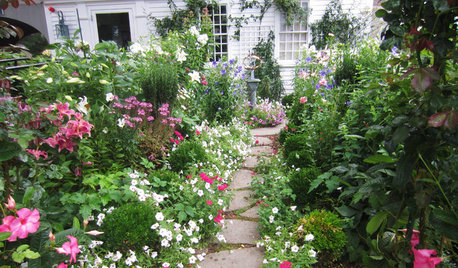
GARDENING AND LANDSCAPINGLay of the Landscape: Cottage Garden Style
Informal and vibrant, cottage gardens charm with their billowy abundance. These tips help you bring the look to your own landscape
Full Story
INSPIRING GARDENS12 Storybook Cottage Gardens
If you want a bewitching cottage garden but aren’t sure where to start, these ideas will get you planting in no time
Full Story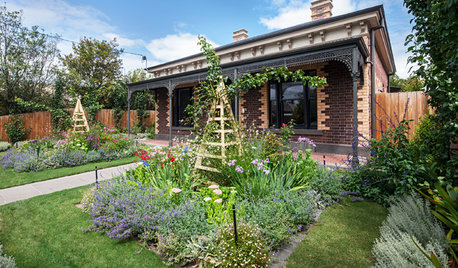
EDIBLE GARDENSAn Edible Cottage Garden With a Pleasing Symmetry
The owners of this cottage garden in Australia grow vegetables, herbs and fruit to delight their family and friends
Full Story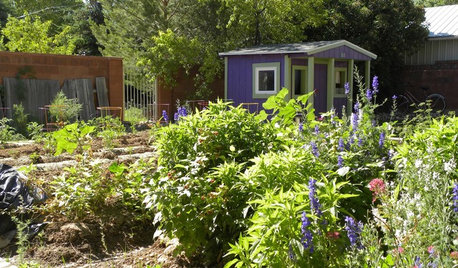
HOUZZ TOURSMy Houzz: Bohemian Cottage and Vegetable Garden
Family heirlooms, original art and a verdant edible garden are at the heart of this eclectic cottage in southern Utah
Full Story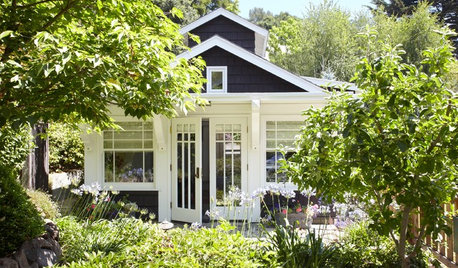
BACKYARD STUDIOS12 Garden Sheds and Cottages We Love Now
Get inspiration from these inviting backyard spaces that house offices, guest quarters, garden storage and more
Full Story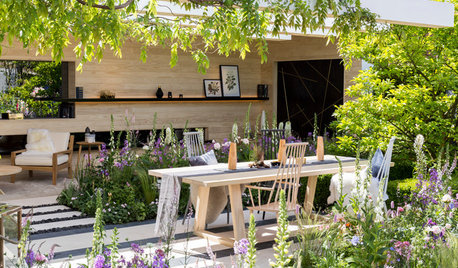
TASTEMAKERSScandinavian Style in a Pretty Cottage Garden
This garden at the RHS 2016 Chelsea Flower Show in London blends contemporary decor with traditional plantings
Full Story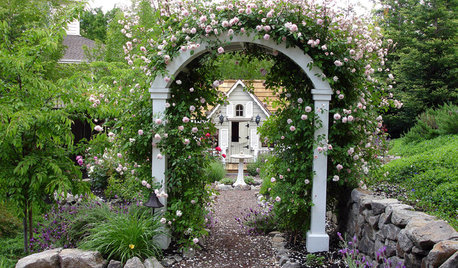
Sponsored






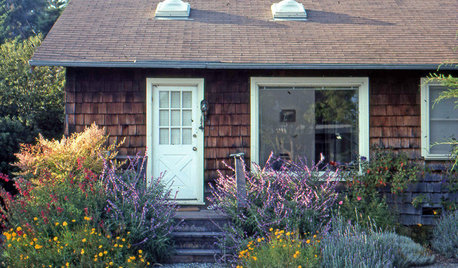
schoolhouse_gw
janenOriginal Author
Related Professionals
Tempe Landscape Architects & Landscape Designers · Wrentham Landscape Architects & Landscape Designers · East Rancho Dominguez Landscape Architects & Landscape Designers · Milwaukee Landscape Architects & Landscape Designers · Parole Landscape Architects & Landscape Designers · Simi Valley Landscape Architects & Landscape Designers · South Orange Landscape Architects & Landscape Designers · Roxbury Crossing Landscape Architects & Landscape Designers · Cicero Landscape Contractors · Cockeysville Landscape Contractors · Lady Lake Landscape Contractors · Middletown Landscape Contractors · North Richland Hills Landscape Contractors · Wallingford Landscape Contractors · Boston Siding & Exteriorsschoolhouse_gw
wcthomas
Annie
Nell Jean
lvtgrdn
aftermidnight Zone7b B.C. Canada
BecR
schoolhouse_gw
flora_uk
gottagarden
libbyshome
schoolhouse_gw
libbyshome
flora_uk
schoolhouse_gw
thinman
janenOriginal Author
flora_uk
janenOriginal Author
wcthomas
schoolhouse_gw
little_dani
Eduarda
wcthomas
Eduarda
flora_uk
schoolhouse_gw
ginny12
wcthomas
ginny12
aftermidnight Zone7b B.C. Canada
wcthomas
wcthomas
aftermidnight Zone7b B.C. Canada
wcthomas
janenOriginal Author
flora_uk
schoolhouse_gw